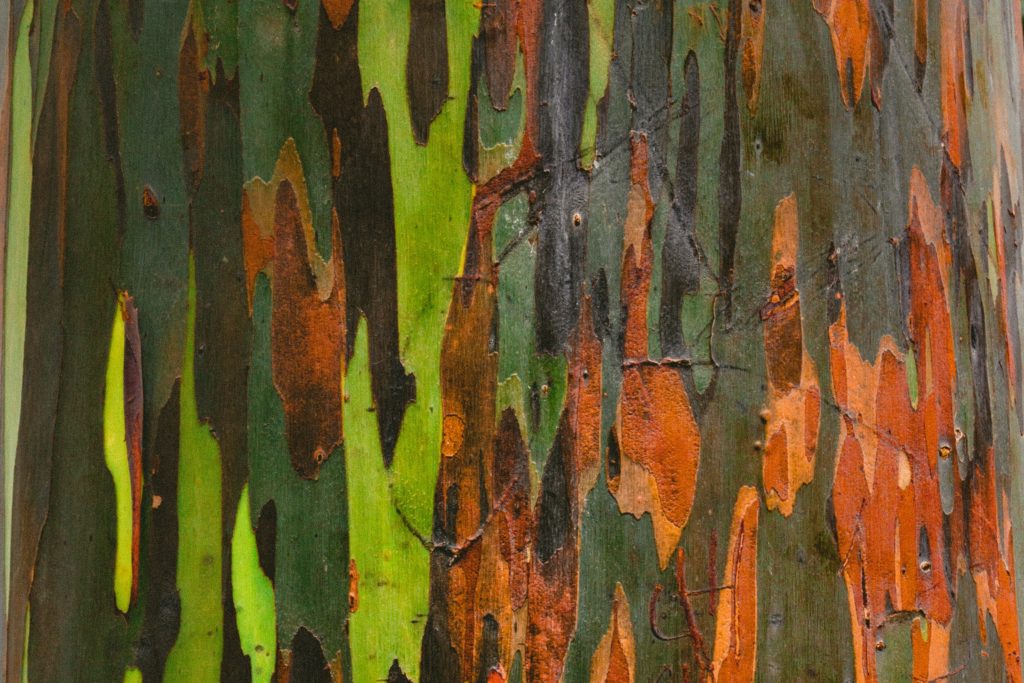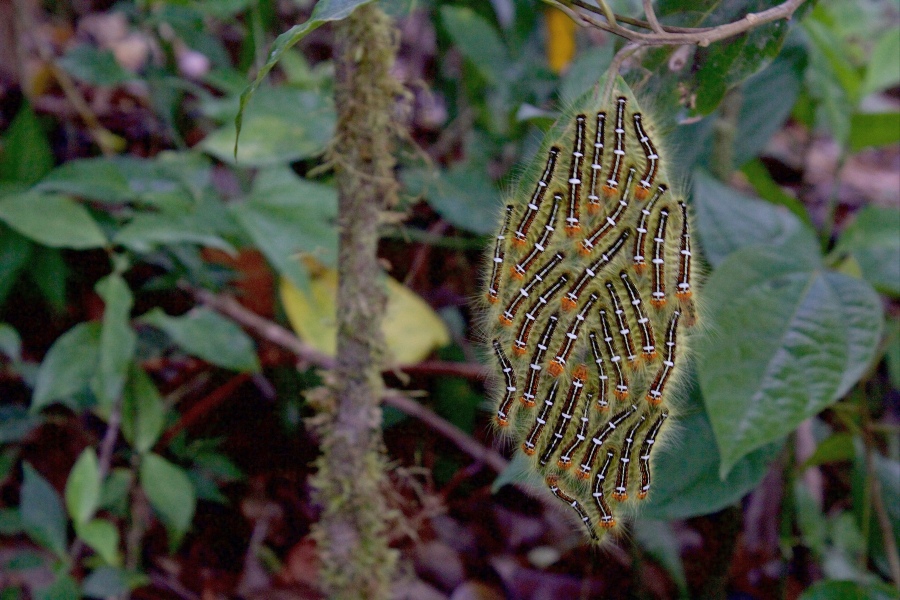Tree Diseases

There are a huge number of tree diseases in the UK which fit into a few common varieties. Understanding them and their symptoms will ensure you are able to identify an issue early and hopefully avoid your tree dying prematurely.
Tree Blight
Tree blight is the name of a group of tree diseases that is caused by fungus or bacteria. These invasive elements, if left unchecked, can cause serious damage to a tree and will likely result in the need to remove your tree for health and safety. However, if you can catch blight, you will have a chance of saving the tree or other trees nearby.
There are various strains of tree blight that affect certain species of tree. Common symptoms are stunted new growth – where what should be healthy new branches and leaves start to wilt – and discolouration of leaves. Bearing in mind seasonality, you should be watching out for dark red or brown leaves in spring and summer; yellow brown leaves in autumn are to be expected.
Red (Band) Needle Blight
One of the most common diseases in the UK today, red band needle blight is caused by a fungus which infects pine trees. Since these trees have needles rather than leaves, there are slightly different signs for this kind of tree blight. If one of your pine trees is infected, you will first see yellow bands on the needles, like a ring in the middle of an otherwise healthy looking needle. This progresses to red rings as the fungus takes hold, with black spots common. Needle decay typically works from the base to the crown on pine trees so watch out for issues at the base first.
Ramorum Disease
Ramorum disease has caused destruction to trees in the US, where it is known as sudden (oak) death. While UK trees are less susceptible, it can affect over 150 species of trees, particularly the Japanese larch and related shrubs which have been planted in the UK. Now that it is in the UK, it can continue to spread and kill more and more trees.
When looking out for ramorum disease, some common signs include: browning leaves, lesions or cankers (lumps or wound-like openings) in bark of the tree, wilting leaves and dieback – which is when a tree begins to die, from leaf tips or roots and back to the branch and trunk, like reverse growth.
Ash Dieback
Not all tree diseases were created equal and some have the capacity to cause serious issues to the natural landscape of the UK. Ash dieback is caused by a fungus which is stored within infected trees and spreads on the wind once it has been killed off. It lands on Ash trees, taking root in leaves and trunks, growing until it blocks off water transportation in the trees and then killing them.
Ash dieback has the potential to wipe out 95% of affected trees so watching out for early signs is imperative. Common symptoms are: dark patches on bark, wilting or black leaves (in spring and summer), and grey or brown lesions on the tree’s trunk.
Fungal Decay
Not all fungi are bad for your tree, some work with trees and other plants, particularly in woods, to support a shared ecosystem. However, there are other more destructive fungi which grow around tree trunks and branches and cause them to decay.
You should speak to a specialist if you need to identify a fungus and to figure out if it is safe to leave. Fungus that causes decay is typically white or brown, furry and growing around parts of the tree, rather than near the ground like wild mushrooms.
Tree Pests

Bugs and insects are an important part of nature. For example, without bees, we wouldn’t have important pollination for crops and plants. However, there are a number of predatory insects that can feed, burrow and nest in trees, causing damage and killing them.
In general, you should be watching out for any insects or bugs that are burrowing through bark and /or eating leaves in large sections. This includes caterpillars, beetles, bugs and moths.
Oak Processionary Moth
The Oak Processionary Moth is a danger to trees and an irritant to humans. The caterpillars of this moth will eat their way through the leaves on a tree, with large numbers able to strip whole trees of their leaves, thus making them vulnerable to weather and damage, which can lead to tree failure. These caterpillars also have tiny hairs which cause irritation in humans, leading to sore throats and breathing difficulties.
Spruce Bark Beetle
The eight-toothed spruce bark beetle has the potential to cause serious damage to trees, particularly those used in the forestry and timber industries. The larvae of this beetle will eat through the wood on trees causing stress to the tree and leaving it vulnerable to further damage. This beetle does prefer already stressed or dying trees, and will feed on felled trees. However, if it eats through those options it can move on to living trees nearby. Typical signs of this pest are brown crowns of trees and woodpecker damage – as they will make holes to get to the burrowed larvae.
How Reeves Arb. Can Help With Tree Pests & Diseases
There are a few solutions for dealing with tree diseases and pests. What is required will come down to assessments of the health of your trees and the damage that has been done so far. In most cases, there will be three main options:
- Tree surgery to remove part of the tree – this can help to stem growth of a disease and prevent the spread of damage
- Tree health care – removal of the pest, via a specialist removal process or other health care strategies to treat the tree without removal
- Tree removal – to protect other trees in the area, because the situation is so far advanced that there is no way to save it
Our health care team can make a site visit to assess the situation and give advice on how best to proceed.
Resources To Check
If you want to stay up to date on the pests and diseases in your area that might affect your trees, you should look to a couple of resource websites: The UK government’s Forest Research and Observatree.
Forest Research’s pest and disease resources list all known threats to trees in the UK with collated tracking of developments – they also take contributions, if you notice issues in your trees.
In association with a number of other organisations, including Forestry Commissions around the UK and the National Trust, Observatree takes reports and tracks various pests and diseases, so it’s worth checking in with them on a regular basis.
